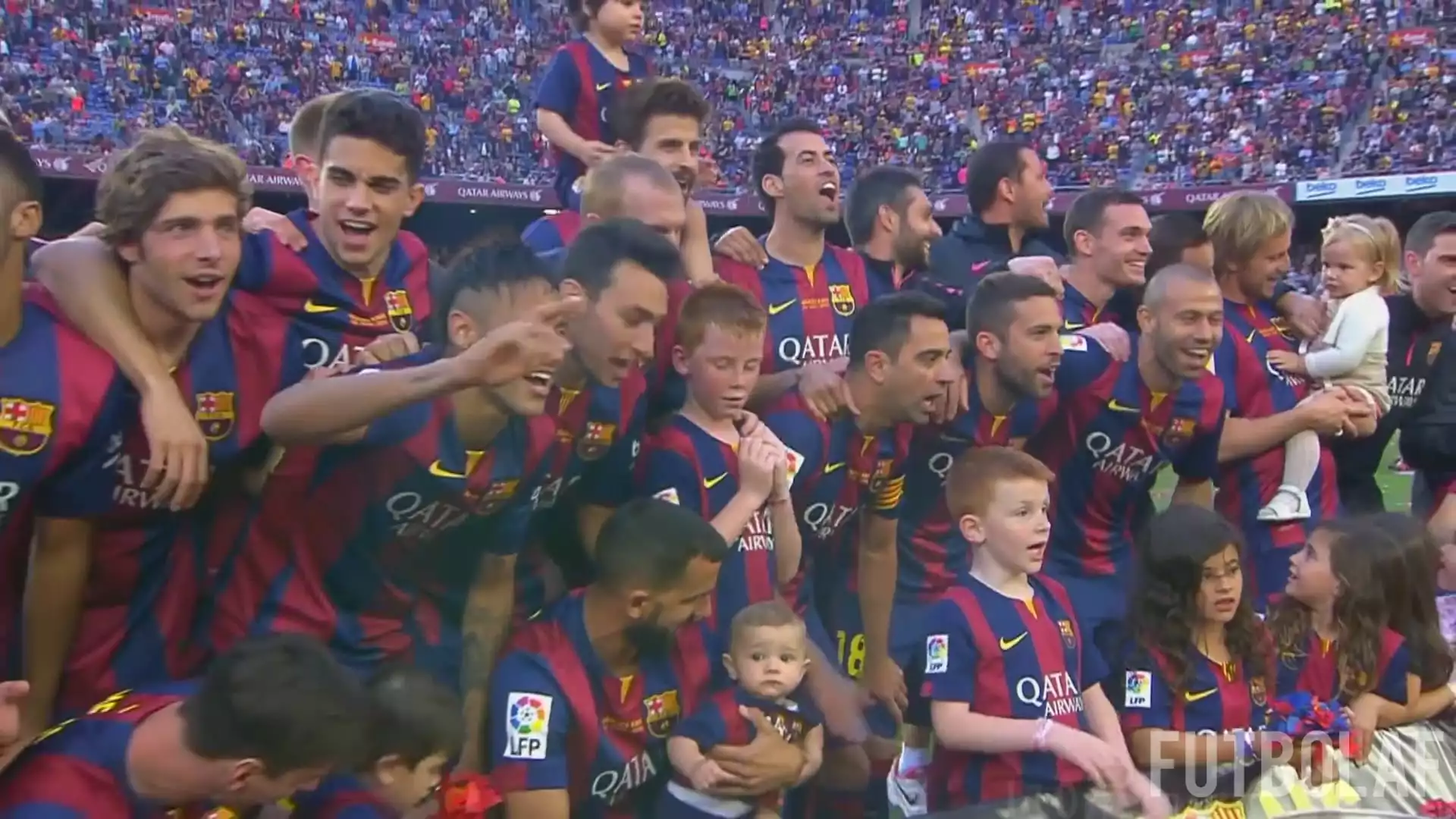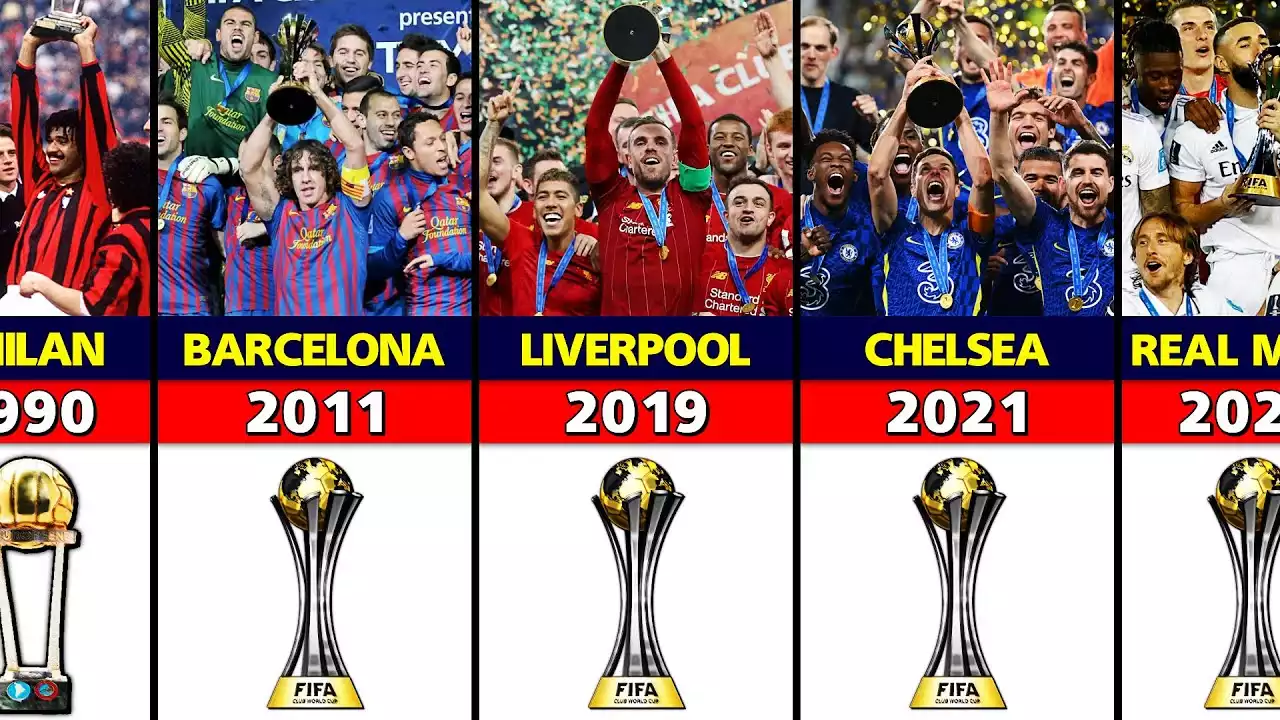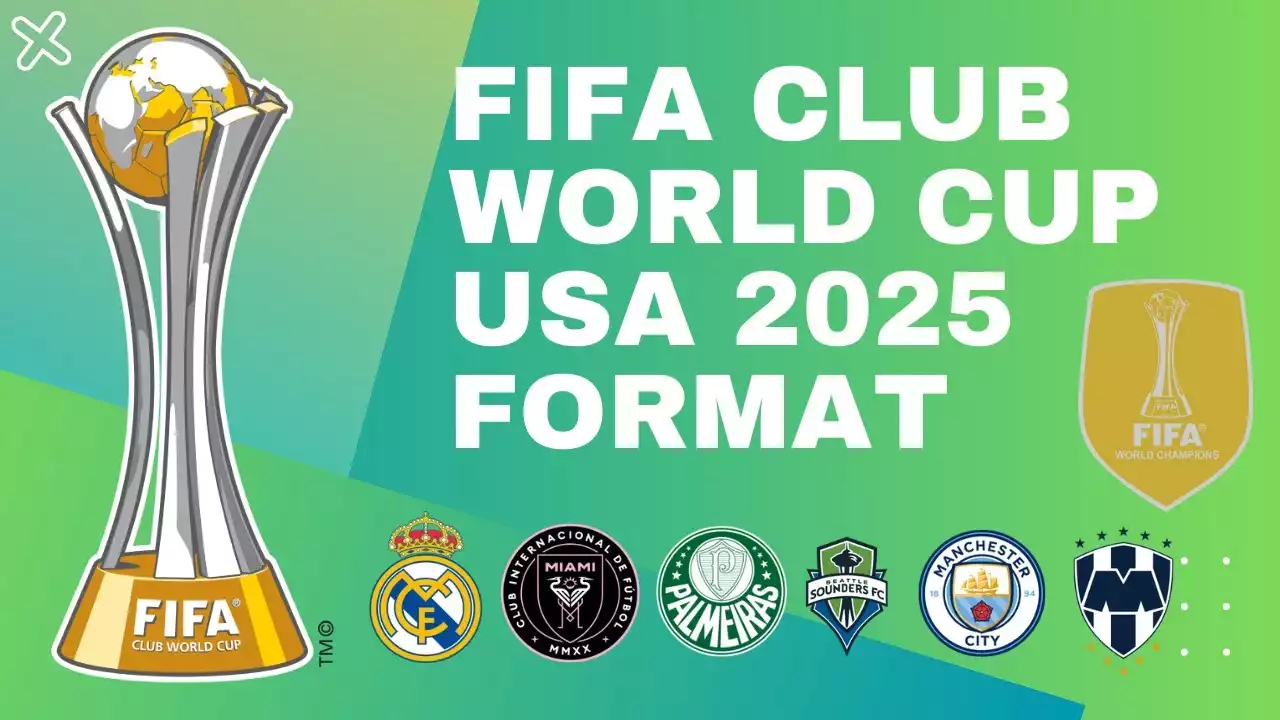Importance of Different Tournament Formats
Tournament formats play a crucial role in determining the excitement and competitiveness of any sporting event. They can create opportunities for underdogs to shine, increase the chances of thrilling matches, and generate more interest and engagement from fans. The Club World Cup is no exception to this, with various formats being implemented throughout its history to enhance the overall experience for both players and spectators.
Format 1: Round-robin Group Stage Followed by Knockout Rounds
One of the most exhilarating formats used in past Club World Cup tournaments is the round-robin group stage followed by knockout rounds. This format guarantees multiple matches for each team, allowing them to showcase their abilities and adapt their strategies based on their opponents' performances. The round-robin stage creates a sense of fairness, as each team has an equal opportunity to advance to the knockout rounds.
The knockout rounds, on the other hand, bring a heightened level of intensity and drama to the competition. Teams battle it out in do-or-die matches, where a single mistake can cost them their chance at glory. The stakes are high, and every goal and save can make a significant impact on the outcome of the tournament. This format has produced some of the most memorable moments in Club World Cup history, with thrilling comebacks and unexpected upsets that have left fans on the edge of their seats.
Format 2: Single Elimination Tournament
Another exciting format used in past Club World Cup tournaments is the single elimination tournament. This format is known for its simplicity and high stakes. Teams face off in a series of knockout matches, with the winner advancing to the next round and the loser being eliminated from the competition. The single elimination format leaves no room for error, as a single loss can end a team's journey in the tournament.
The single elimination format often leads to intense and closely contested matches, as teams give their all to stay alive in the competition. The pressure is palpable, and every goal, tackle, and save becomes crucial in determining the outcome of the match. This format has produced some of the most dramatic moments in Club World Cup history, with penalty shootouts and last-minute goals becoming the stuff of legends.
Format 3: Two-Group Stage with a Final Match
In some Club World Cup tournaments, a two-group stage format has been used, culminating in a final match between the top team from each group. This format allows for a longer tournament duration, providing more opportunities for teams to showcase their skills and build momentum throughout the competition.
The two-group stage format also increases the chances of witnessing thrilling matches, as teams from different regions and playing styles face off against each other. It creates a sense of intrigue and anticipation, as fans eagerly await the clash of titans in the final match. This format has often resulted in captivating encounters, where the best teams in the world battle it out for ultimate glory.
Format 4: Hybrid Format Combining Round-robin and Knockout Stages
A hybrid format that combines elements of round-robin and knockout stages has also been used in past Club World Cup tournaments. This format offers the best of both worlds, with teams competing in a round-robin group stage before progressing to knockout rounds.
The round-robin stage allows teams to have multiple matches, ensuring a fair opportunity for all participants. It also allows teams to gauge their opponents' strengths and weaknesses, enabling them to strategize accordingly for the knockout rounds. The knockout rounds, on the other hand, bring the excitement and intensity of sudden-death matches, where every moment can be decisive.
Format 5: Expansion to Include More Teams and Additional Knockout Rounds
In recent years, there have been discussions about expanding the Club World Cup to include more teams and additional knockout rounds. This format aims to increase the global appeal of the tournament and provide more opportunities for teams from different continents to compete against each other.
By including more teams, the expanded format would create a more diverse and competitive field, showcasing the best talent from around the world. It would also generate more excitement and interest among football fans, as they get to witness clashes between teams that rarely face each other. The additional knockout rounds would further intensify the competition, as teams fight tooth and nail to secure their place in the final.
Comparison of the Excitement Levels of Each Format
When comparing the excitement levels of each format used in past Club World Cup tournaments, it is important to consider various factors such as competitiveness, unpredictability, and the potential for thrilling matches. The round-robin group stage followed by knockout rounds format provides a good balance between fairness and intensity, allowing for both strategic gameplay and thrilling encounters.
The single elimination format, with its do-or-die matches, creates an atmosphere of high tension and excitement. Every match is a make-or-break moment, which often leads to thrilling moments and unexpected outcomes. Similarly, the two-group stage format with a final match offers a longer tournament duration and the potential for captivating clashes between teams from different regions.
The hybrid format that combines round-robin and knockout stages provides a mix of strategic gameplay and sudden-death matches. It allows teams to showcase their skills in the group stage before facing the high stakes of the knockout rounds. Finally, the proposed format expansion with more teams and additional knockout rounds promises to inject new excitement into the Club World Cup, offering a chance for underdogs to shine and creating more opportunities for thrilling matches.
Impact of Format Changes on the Competition
The format changes implemented in past Club World Cup tournaments have had a significant impact on the competition. They have influenced the dynamics of the matches, the strategies employed by teams, and the overall experience for both players and fans. Different formats have brought out the best in teams, creating moments of brilliance and drama that have become part of football folklore.
The introduction of round-robin group stages has allowed for a more comprehensive assessment of teams' abilities and has increased the chances of witnessing closely contested matches. The inclusion of knockout rounds has added an element of pressure and excitement, where every goal and save can be the difference between success and failure. The expansion of the tournament format has opened doors for teams from different regions to showcase their skills and challenge the established football powerhouses.
The Future of the Club World Cup Formats
As the Club World Cup continues to evolve, the future of its formats holds great potential for excitement and engagement. The combination of round-robin and knockout stages, single elimination tournaments, two-group stages, and proposed format expansions all contribute to the thrill and drama of the competition. Each format has its unique strengths, and the selection of the format should be based on creating a balance between competitiveness, fairness, and entertainment value.
Football fans around the world eagerly await the next edition of the Club World Cup, where new formats and exciting matches are sure to captivate audiences. Whether it is the intensity of knockout rounds, the suspense of penalty shootouts, or the clash of regional champions, the Club World Cup promises to continue providing memorable moments that will be etched in the hearts of football fans for years to come.









